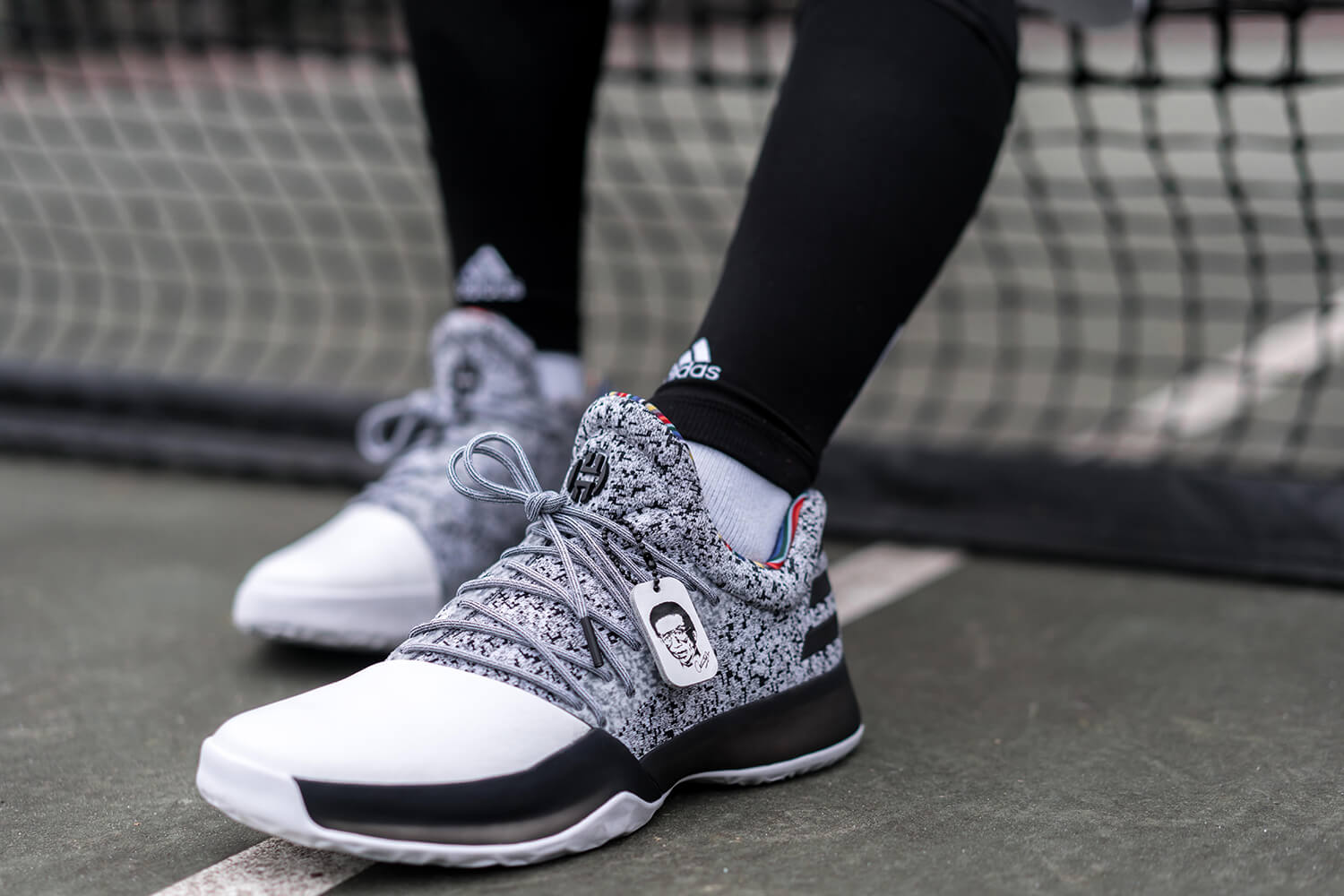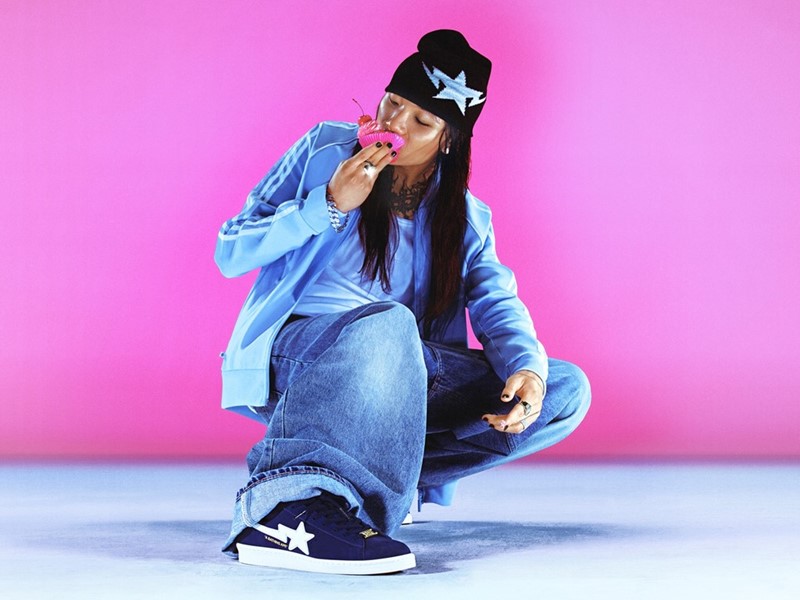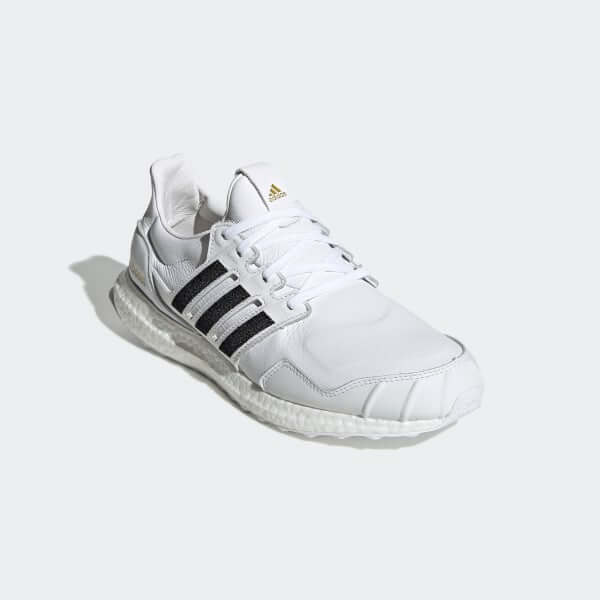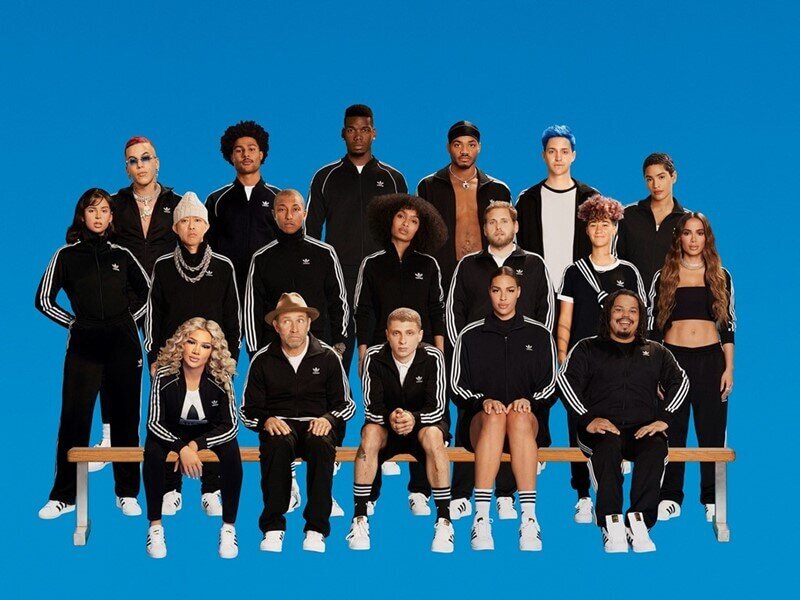![]()
On Wednesday, Adidas ADDYY stock is up almost 9% to $91.90 per share in afternoon trading. The German sportswear giant soared after posting strong.
Source: Adidas (ADDYY) Stock Jumps 9% on Strong Earnings and Upbeat Guidance – Nasdaq.com
Influencers and analysts are all saying they saw this adidas growth coming. They are all laying the success of the company in a variety of places. Sneakerheads think it’s Kanye West. Analysts say it’s adidas’ product and ability to mine history. The CEO Kasper Rorsted “credited the solid performance to choosing the right athletes for the appropriate market and also engaging the youth through digital devices.”
Everyone is right, but no one is really discussing one of the primary reasons adidas was so successful.
Nike’s Missteps
Pricing & Design
From 2012 to 2016 Nike increased prices, while failing to develop attractive products. Nike’s arrogance in shifting the pricing of retro Jordans from 150 to 190 dollars created a window of opportunity for every brand to capitalize on the market that matters the most, teens and twenty somethings heavy into fashion. It wasn’t just Jordan Brand, but Nike’s signature shoe releases also saw a similar price increase. KD went from a 100 dollar shoe to 200.00 dollars for the Elite release and 180 on poorly designed options after the KD IV. Kobe Bryant’s initial releases with Nike ranged from 120 to 160. His last shoes soared to 200-220, and LeBron after the LeBron 8 and 9 moved from 120 and 140 to 200-250 dollars a pair. Every signature release was poorly designed and the price increase left an opening for a shift in the culture. While performance had been down, Nike Basketball began to sit on the shelf and kids no longer had the same passion for the footwear Nike was producing.
Lack of Innovation
The Y-3 from adidas was the forefather of the current running shoe trend that adidas is dominating the market with. The Y-3 inspired the Nike Roshe Run. Nike scored big with the Roshe when it released. The problem is Nike stayed with the Roshe for too long and then failed to update the shoe with any tech, but they began to increase the price of the shoe from 75 up to 120-130 dollars on “limited” release models. They did introduce the Nike Flyknit Racer which became an instant cult classic and performed very well. The problem is unlike the Roshe which was dropped in a thousand colors, The Racer was extremely limited and Nike never capitalized on the hype with the shoe. They failed to release, and re-release the Racer and now that they’ve finally decided to revamp the Roshe with the Roshe 2, and introduce new colors and color outsoles for the Racer, adidas and NMD/UltraBOOST has come along and completely dominated the market. This forced Nike to run their retro release of the Huarache into the ground. The Huarache sold well, but there wasn’t any innovation there. The Roshe 2 is a flop, the Roshe One no longer sells and is discounted everywhere and the Flyknit Racer which was once the darling of the sneaker community doesn’t sell through anymore. Nike has finally begun innovating again with NikeX and Vapor, but it’s a little too late as the market isn’t really looking at Nike with the same attraction and unfortunately Vapor will retail at the same price as UltraBOOST. This is an issue because Nike Air, even in Vapor form feels familiar.
These Nike missteps left a door open and for a moment Under Armour entered with their shining star, but Under Armour might be the worst marketing company in the sneaker industry. That’s another article.
How adidas Capitalized
adidas saw the openings and they entered swiftly. They hired three of Nike’s best designers. The offered Kanye a deal taking him away from Nike. Which is more important than anyone wants to admit when you consider that for three years while Kanye was with Nike, his colorways ended up on over 100 Nike products. Nike continued to utilize Kanye’s design elements in their footwear even after he moved on.
adidas by opening their wallets to Pharrell and Kanye West were able to tie their brand into what saved their company in the 80s, entertainment. The signing of the two entertainers completely altered the marketing approach of the brand giving them two immediate influencers and this is where adidas shines and where sneakerheads and analysts like Matt Powell clash. Matt Powell often states that Kanye has limited bearing because his shoes aren’t commercially viable. They don’t make enough to have any bearing on the income of adidas.
The Kanye Effect & Influencers
Nike gave Ronaldo a 1 Billion Dollar deal because of the extent of his reach in the soccer world. If Ronaldo’s valued can be quantified due to his social media reach, how does adidas account for Kanye? I’ve done an analysis on when adidas began to pick up steam:
In 2014 adidas began to gain ground. Kanye had signed with the brand. He immediately was spotted wearing the all black adidas ZX Flux. This shoe began a push by adidas with the Flux and that shoe entered adidas into the sneaker resale market, but more important that shoe resonated with women. It became a very popular model and Kanye’s influence extended to a GQ cover that was done where he wore the Stan Smith. All of these things happened before Kanye ever wore or made a Yeezy. It’s the reason why sneakerheads are so adamant about Yeezy’s influence.
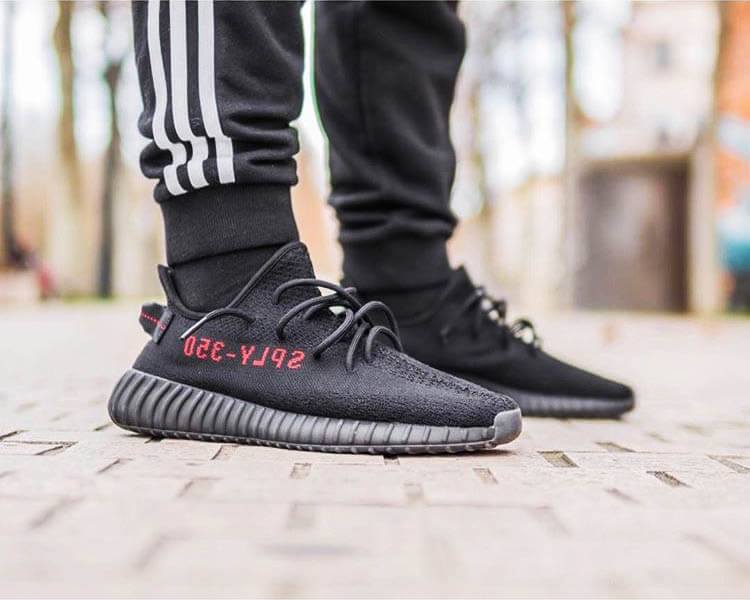
Consider the Ronaldo deal at 1 billion. “Ronaldo’s social media presence reaches 262 million people. The platforms with the largest Ronaldo following are Facebook at 120 million, Instagram at 92 million then Twitter at 50 million.” (Business Insider) Kanye does not have a Facebook and his Instagram is a new thing. His Kanye topic on Facebook is at 9 Million likes. Kanye’s Twitter is at 27.2 Million. Kanye’s social media presence isn’t as easily quantifiable as Ronaldo’s is for Nike, but the reach of Kanye is seen through the extent of his touring and music. Kanye West literally saved Tidal with an album release. Consider that Kanye West in one stop on his Yeezus tour sold 780,000 dollars in merch at Madison Square Garden and it becomes obvious that the man has considerable influence. If Ronaldo is worth 1 Billion to Nike, Kanye is much more valuable than an analyst like Matt Powell or business writer’s want to state, but it wasn’t just Kanye.
The CEO isn’t willing to give Kanye the credit and his statement about the digital arena is probably the strongest comment on the brand’s growth, but Kanye was/is equally as important as adidas’ very close attention to detail. However, there is a component involved in the signing of influencers by adidas. When you combine Kanye, Pharrell, Pusha T, soccer players like Paul Pogba, collaborations with Stella McCartney, Jeremy Scott, Nigo and Consortium collaborations, there is a trickle down effect.
It’s not exactly Kanye’s adidas shoes that are shifting the needle, it’s the fact that adidas is once again cool and wearing a Superstar or Stan Smith is synonymous with the Three Stripes influencers and those limited release shoes. People love Nike because Nike is sport. Yeah the Monarch sales more than any other Nike, but it sells because Nike is Air Jordan and Nike is sport. The sale of cheaper shoes increases when influencers wear signature or limited release items. While some will argue this isn’t the case, let’s be serious.
adidas Gets Content Creation and Customer Experiences
As much as I’d like to make the case for Kanye, his influence is not easily quantifiable, but he can’t be denied as a reason for the growth. Kanye wore the UltraBOOST before that shoe dropped as well. His adidas deal ended Kim Kardashian’s Skechers relationship (well there was that lawsuit thing too) and brought women into the fold at adidas. The Kardashian effect hasn’t even been discussed as she immediately began appearing in adidas gear along with her sisters when Kanye began to rock adidas (until Kylie went with Puma which is another story). These things are difficult to quantify though, but what isn’t difficult is adidas and their attention to the shifting marketing culture.
Television is dying. The wave of the future in marketing is video. The most powerful platform in media is Google and Google owns YouTube.
- YouTube overall, and even YouTube on mobile alone, reaches more 18-34 and 18-49 year-olds than any cable network in the U.S. (YouTube)
When Kasper Rorsted states that digital and influencers are the primary reasons for growth he is literally giving the rest of the sneaker industry the blueprint. Nike has always had the blueprint, but adidas has utilized social media and YouTube campaigns masterfully. Even better than Nike’s marketing with Wieden + Kennedy.
Insider Ties: adidas | Your future is not mine | Marketing Genius – Post Debate Oct. 9th
adidas Originals Launches: ‘Original is never finished’ – What’s Old Is New Again
They have made sure to introduce “Creators” globally signing Paul Pogba to a deal and utilizing Google Ads for their YouTube videos. They have connected with their core audience and may be the first sneaker company to launch the music career of an artist with a song written for a marketing campaign. Your Future Is Not Mine came from an artist who literally didn’t exist until adidas commissioned Daisy Hamel to do the video.
adidas has so thoroughly connected entertainment to their brand that in many ways adidas feels like the brand of the future which is something that recreates the nostalgia of adidas being at the beginning of Hip-Hop. It’s only natural that the resurgence of retro 80s and 90s lends itself to the brand that had an arena full of people rapping along to “My Adidas” by Run DMC.
It’s not just the attention to detail in content creation, they have created the most important aspect of customer experience in their new stores. Their multi/omni channel vision is changing the face of retail at a time when retail is dying.
Adidas’ Massive New Store Boasts These 7 Stunning Features – TheStreet
When you combine all of this with the introduction of BOOST as a new and comfortable tech, as well as adidas’ growing commitment to content creation (something that Under Armour just doesn’t get which is why they have disappeared), adidas has their finger on the pulse and they are feeling every beat.
So do I think that adidas can continue to sustain this momentum and justify the explosive growth? As long as they continue to innovate and create content while also introducing great innovators and influencers and also enhancing the pureplay and brick and mortar experience, damn right.
The market is fragile though and this year is going to see the return of some players to the table. New Balance is not going to make big noise, but their 247 model is a disruptor. ASICS is also doing some fantastic things with content creation and influencers. adidas will have to spend to maintain the ground they have because I feel a shift in performance coming and that shift caters to Nike’s strengths which is a different story altogether.

